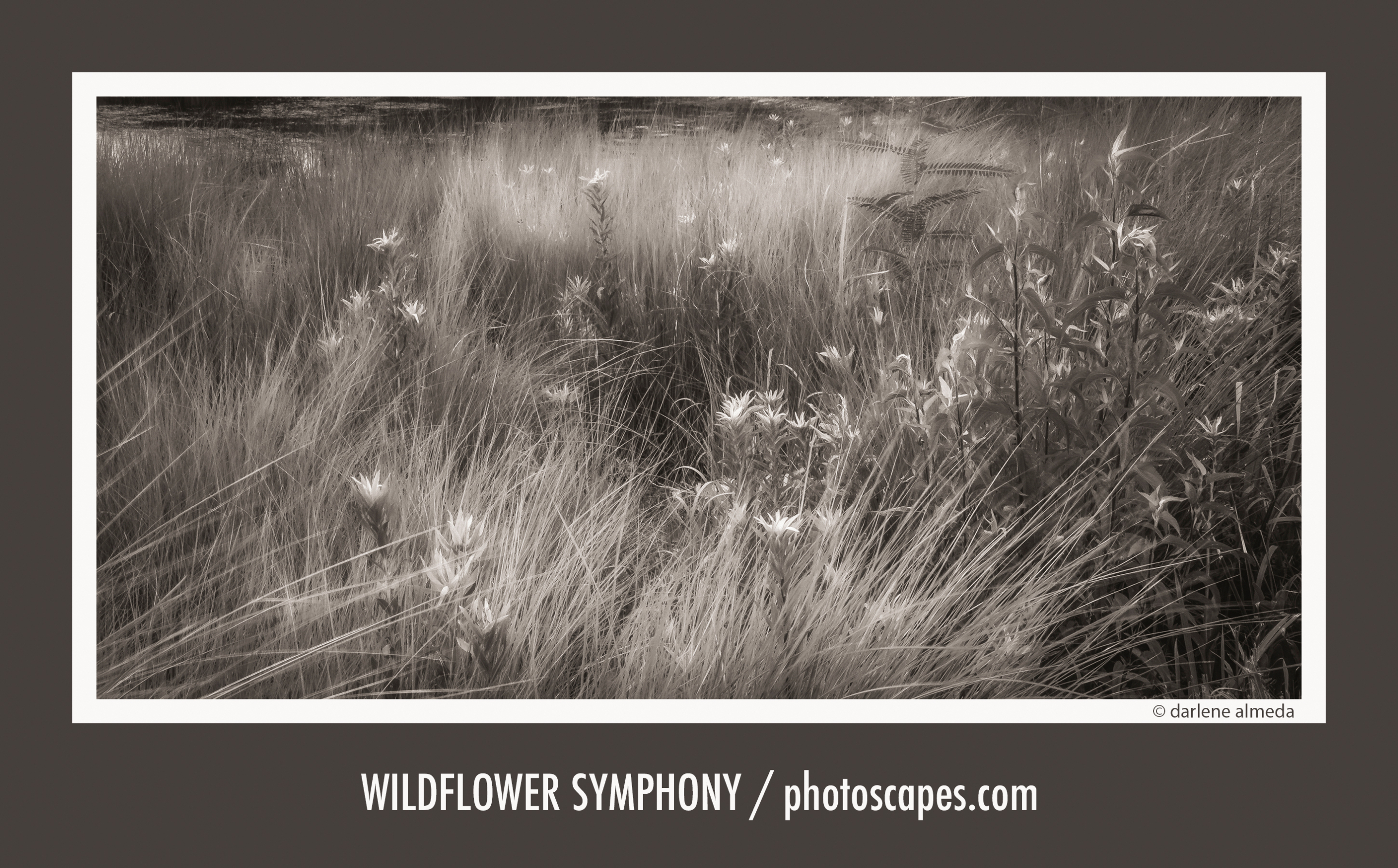Photography was once a purely visual act for me — a profession built on precision, deadlines, and client expectations. For years, my days were defined by assignments and technical mastery, the rhythm of studio lights and production schedules. It was fulfilling work, but somewhere along the way, the quiet joy that first drew me to the medium began to fade.
When I gradually stepped back from commercial photography, I found myself standing at an unfamiliar threshold. The structure that once shaped my life — clients, calendars, and clear objectives — was gone. In its place was silence, both freeing and unsettling. I had to rediscover not just how to photograph, but why.
Leaving that world wasn’t a clean break; it was a slow unlearning. I had to let go of the habits and instincts that had once served me well: the need for efficiency, the precision of control, the urge to please others. What remained was something simpler — curiosity. I began to photograph again, not for approval, but to reconnect with that inner spark that had started it all.
Returning to Writing
During that transition, I also returned to writing. While still working as a commercial photographer, I enrolled in literature courses at Georgia State University, studying under Dr. Leon Stokesbury — a poet whose lessons on honesty and restraint changed me. He urged me to stop imitating and start listening to my own voice, advice that would reshape everything I would later write and photograph.
Those lessons stayed with me long after I left the classroom. Writing became a quiet companion to my photography, helping me uncover what I truly wanted to say through the images I made. Over time, I realized the two weren’t separate at all — the same sensitivity that guided my writing was the one that helped me see. Words gave shape to emotion; photography gave it light. Together, they led me back to the creative freedom I’d been searching for.
Wildflower Symphony
That rediscovery became tangible in a photograph I titled Wildflower Symphony. I made it during a time of change, when I was beginning to see the world differently — not as a subject to capture, but as something to converse with. The image reminded me that beauty often grows quietly, even in uncertainty. It symbolized endurance and grace, qualities I was just beginning to understand in my own creative life.
Wildflower Symphony was later published in LensWork, a milestone that felt both humbling and affirming. For me, it wasn’t about recognition; it was a reminder that art born from sincerity has a way of finding its place. When I look at that photograph now, I see more than flowers and light — I see renewal. I see the moment I began to trust my intuition again.
Intuition and Connection
Now, my work is guided not by assignment, but by intuition. I no longer shoot for approval or paychecks. I photograph and write for connection — to a place, a moment, or a memory that still resonates quietly in my thoughts. What I once approached as a profession has returned to being a conversation — between light and feeling, between what I see and what I sense.
Over the years, I’ve come to understand that creativity isn’t something we lose; it’s something we must remember. The act of creating, whether through a camera or a pen, is an act of listening — of slowing down enough to let the world reveal its subtleties.
Photography, for me, has become a reflection of that stillness. It asks for patience, humility, and presence. Writing, on the other hand, gives language to the quiet. Together, they form a rhythm — a way of translating experience into meaning.
Today, I no longer separate the two. Words often come from the same place as the images — both born from curiosity, both shaped by gratitude. They remind me that art doesn’t depend on grand subjects or perfect conditions. It lives in awareness, in small discoveries, and in the willingness to see with empathy.
The camera, once a tool of commerce, has become something simpler — a viewfinder for the soul.
Author’s Note: If there’s one thing these years have taught me, it’s that the creative spirit never disappears. It only waits for us to slow down and listen. When we do, the world opens — light becomes language, and art becomes renewal.
wildflower symphonies sing
the song of crickets

